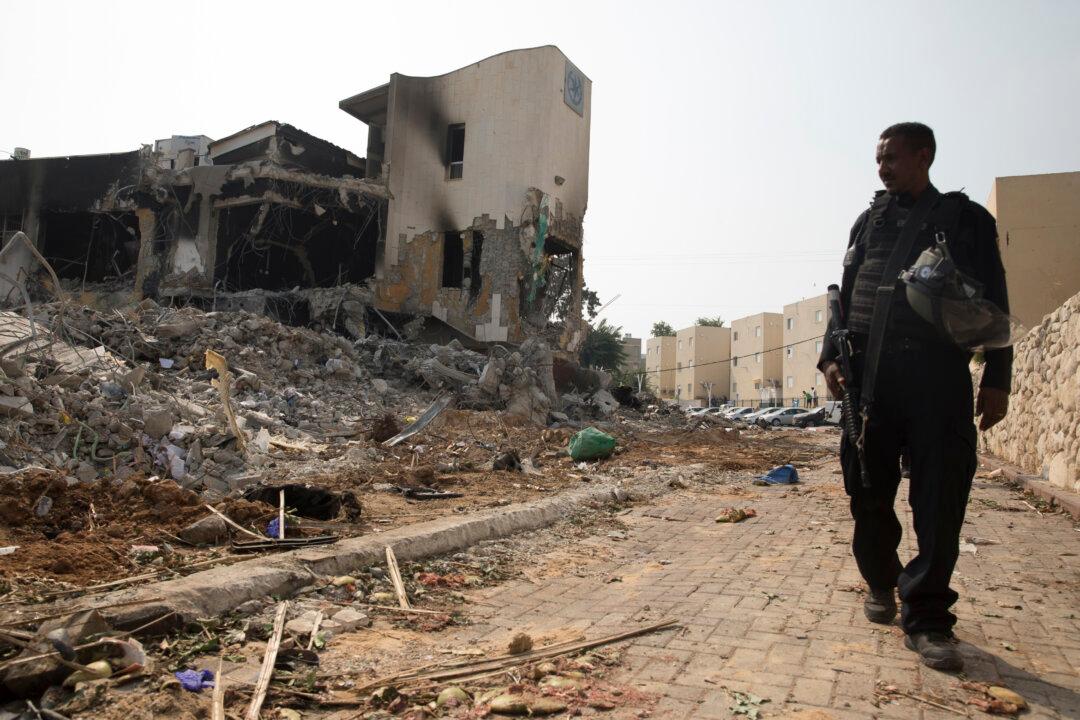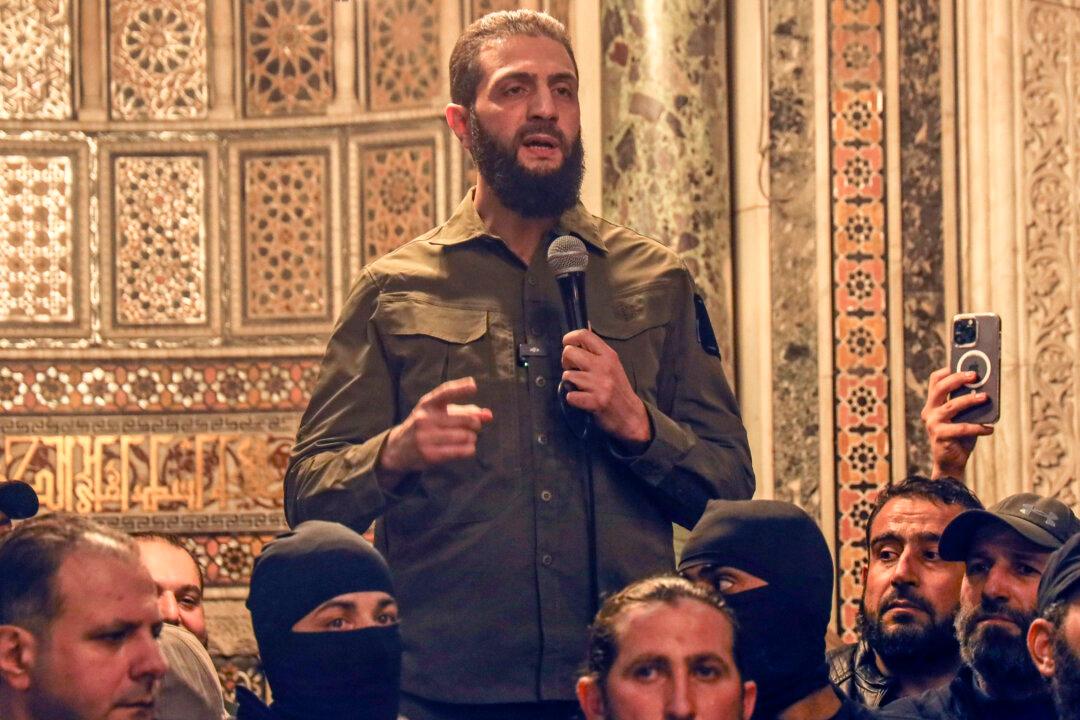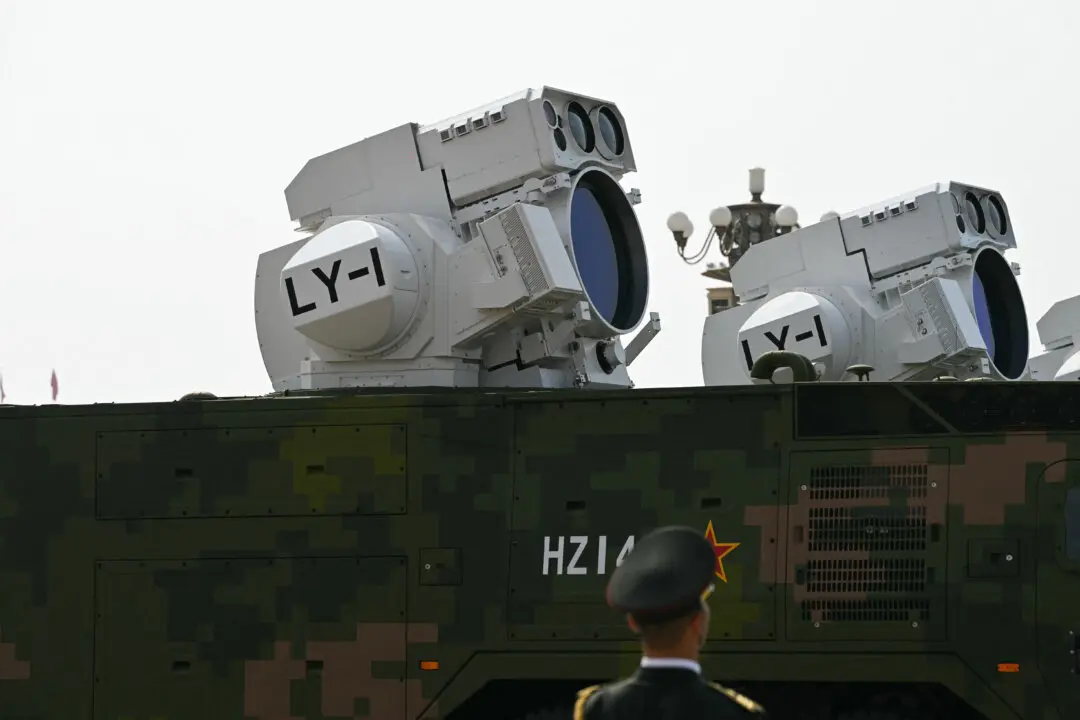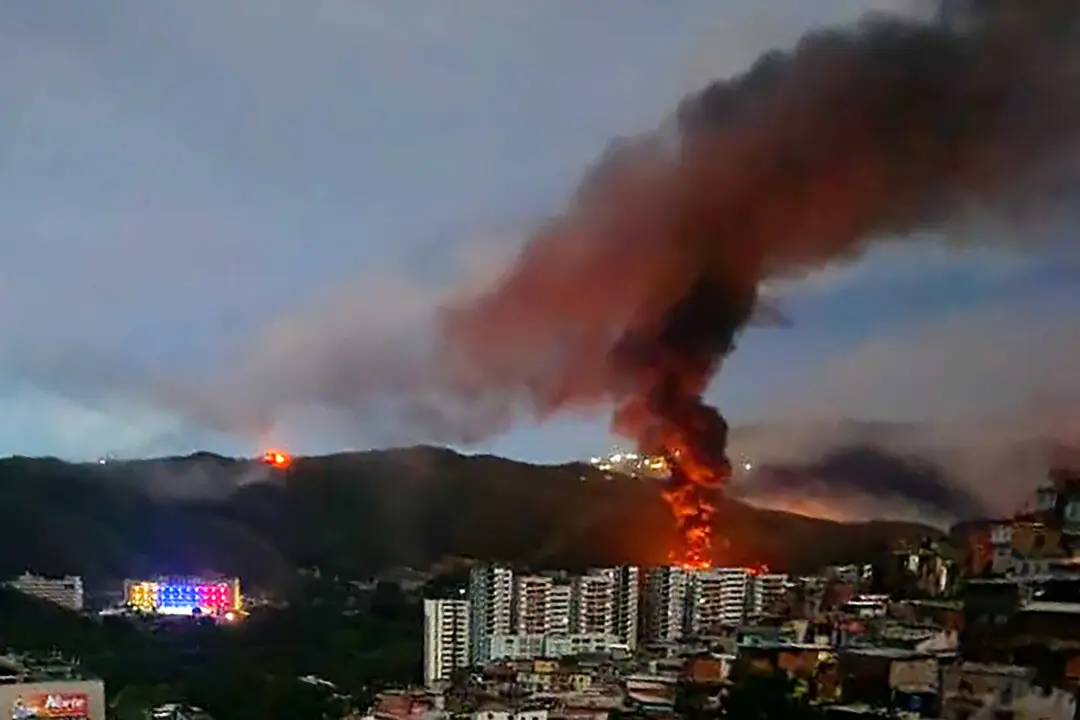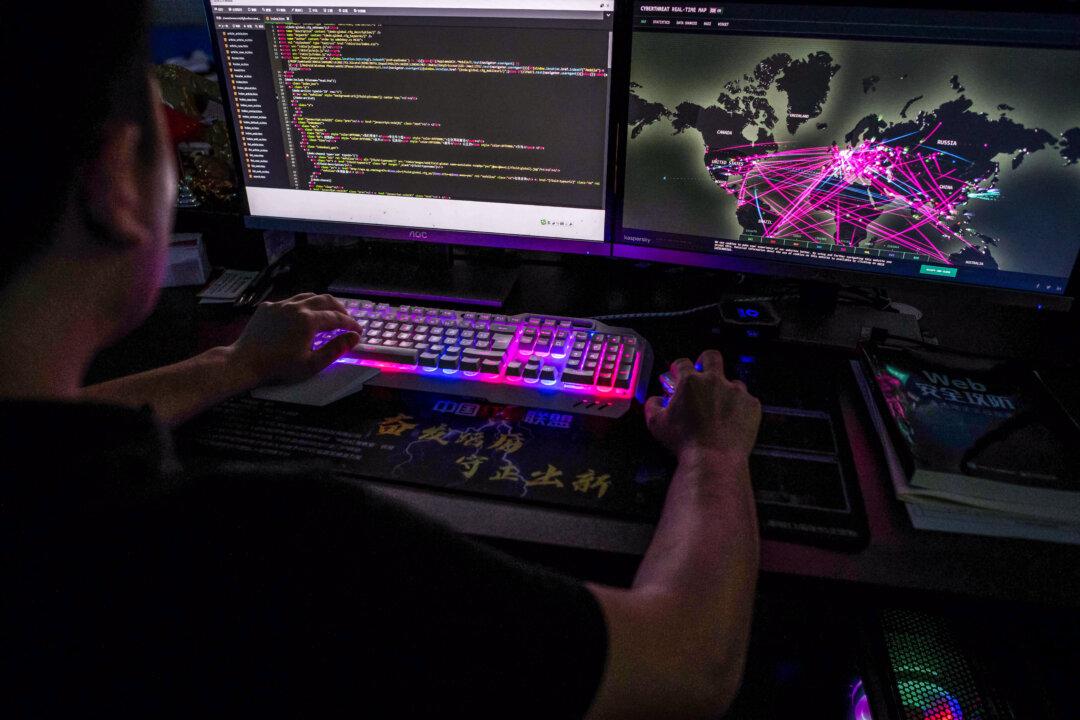On Oct. 7, Hamas initiated coordinated assaults on various targets within Israel. The precise number of casualties is presently undetermined, but there have been confirmations of 1,100 dead, many of them civilians.
Jonathan Bluestein, an Israeli citizen and a former master sergeant in the police department, with academic degrees in law and political science, shared his perspectives on the attacks from his location in the vicinity of Tel Aviv.
